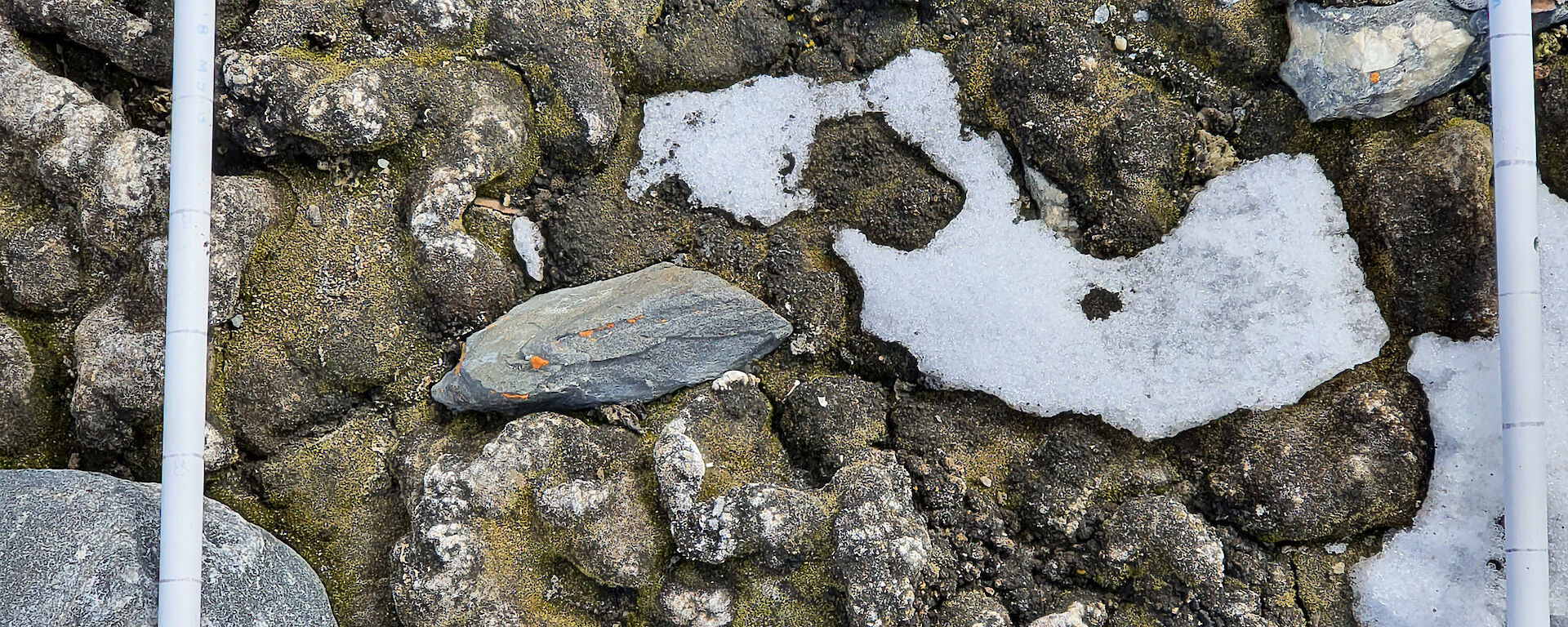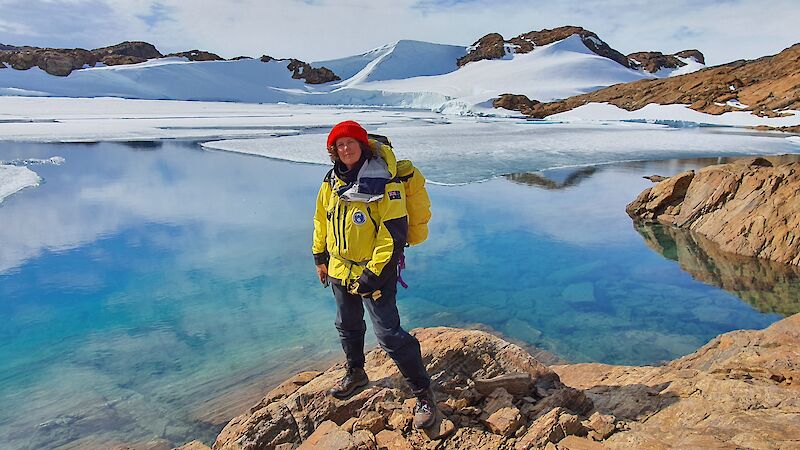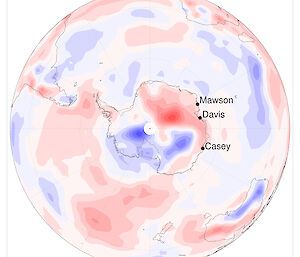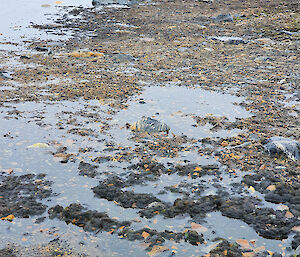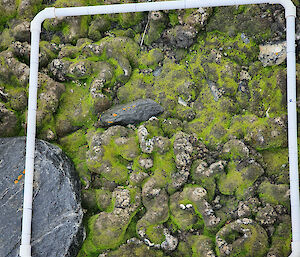Australian Antarctic Program scientists recorded the first reported heatwave event at Casey research station in East Antarctica, during the 2019–2020 summer.
Writing in Global Change Biology in March, University of Wollongong biologist Dr Sharon Robinson said that between 23 and 26 January this year, Casey recorded its highest ever minimum and maximum temperatures.
“Heatwaves are classified as three consecutive days with both extreme maximum and minimum temperatures,” Dr Robinson said.
“In those three days in January, Casey experienced minimum temperatures above zero and maximum temperatures above 7.5°C, with its highest maximum temperature ever, 9.2°C on 24 January, followed by its highest minimum of 2.5°C the following morning.”
“In the 31 year record for Casey, this maximum is 6.9°C higher than the mean maximum temperature for the station, while the minimum is 0.2°C higher.”
Temperature records were also broken at research bases on the Antarctic Peninsula in February, with the average daily temperatures for the month exceeding the long-term means by between 2°C and 2.4°C.
Australian Antarctic Division applied Antarctic ecologist, Dr Dana Bergstrom, said the warm summer would most likely lead to long-term disruption to local populations, communities, and the broader ecosystem. This disruption could be both positive and negative.
“Most life exists in small ice-free oases in Antarctica, and largely depends on melting snow and ice for their water supply,” Dr Bergstrom said.
“Melt water flooding can provide additional water to these desert ecosystems, leading to increased growth and reproduction of mosses, lichens, microbes and invertebrates.
“However excessive flooding can dislodge plants and alter the composition of communities of invertebrates and microbial mats.
“If the ice melts completely, early in the season, then ecosystems will suffer drought for the rest of the season.
She said higher temperatures could also cause heat stress in some organisms.
Australian Antarctic Division atmospheric scientist, Dr Andrew Klekociuk, said the warmer temperatures were linked to above average temperatures across parts of Antarctica, and other meteorological patterns in the Southern Hemisphere that occurred during the spring and summer of 2019.
These patterns were influenced in part by the early breakup of the ozone hole in late 2019, due to rapid warming in the stratosphere – the atmospheric region above 12 km altitude.
“The upper levels of the atmosphere at the edge of Antarctica were strongly disturbed in the spring of 2019, and effects of this likely further influenced the lower atmosphere over Antarctica during the summer,” Dr Klekociuk said.
He said the international controls that are working to ensure long-term recovery of stratospheric ozone, and the eventual closing of the ozone hole, are an important part of helping to reduce regional shifts in the climate system.
The exact biological impacts of the heatwave should be revealed in coming years, as scientists continue to monitor local communities.

